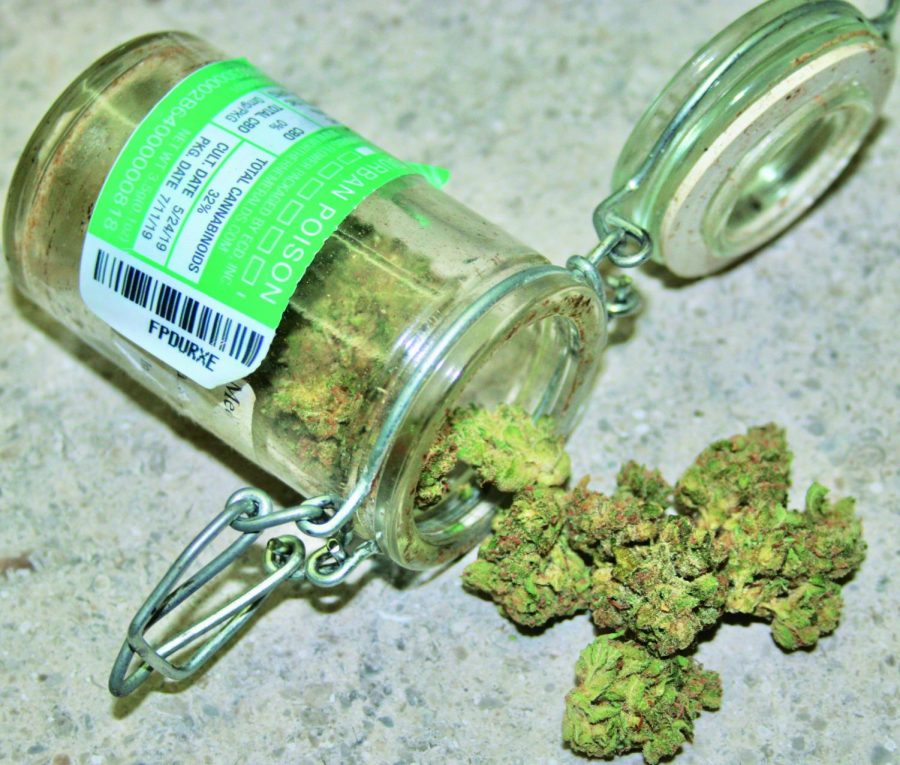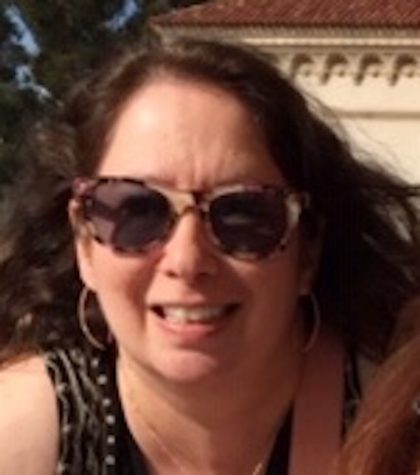In 2019, San Diego, when it’s time again to buy my medical marijuana, I go to one of the many dispensaries in San Diego. I don’t need to show my medical marijuana license anymore.
In my usual Kearny Mesa store, the huge selection to shop from includes cannabis to smoke, edibles including “traditional” pot brownies, candy of all types, slushy drink pouches, as well as vaporizers of all types and sizes, pipes and bongs. T-shirts and hats are now emblazoned with the store logo, and you take home your purchase in a brand logo shopping bag, as if you just bought a shirt at Bloomingdales. The publicity of the brand is evidence of how far medical marijuana dispensaries have evolved over the past 25 years.
25 years ago, selling medical (or recreational) marijuana was a shady, back-alley (literally) business because of the federal law, even though medical cannabis was legal in California. Buying it was risky in terms of law enforcement, and selling it was riskier; raids were a common occurrence. The Food and Drug Administration did not test the marijuana for efficacy or safety. In January, 1998 after a law enforcement raid at the Valley Center Cannabis Club, officers admitted to being confused as to what is, and is not, legal. The club owner was arrested for possession of an illegal substance, but the district attorney didn’t press charges.
In 1998, I found a new dispensary advertising online, in North Park that seemed legitimate. When I got to the store, the storefront was gated, and closed. A minute later a man came out of nowhere and said “We’re using the side entrance,” and I followed him around the corner of the store, down the alley, and into the first door. The small shop featured different strains of marijuana flower, displayed in clear glass jars with cork stoppers and hand-written labels that said “Northern Lights,” “OG Kush” and “Jack Herer” to name a few.
On Nov. 5, 1996, California Prop. 215 (the Medical Use of Marijuana Initiative) passed, and marijuana was legalized for medical use. (And the people rejoiced…) The federal government however, did not legalize it. While the DEA and local law enforcement continued to raid medical marijuana dispensaries, every time I went back to a dispensary for the second time, it would be gone.
An online ad for a new pot shop in Pacific Beach, listed only a phone number. When I called, the man on the phone gave me directions to an alley behind a store on Garnet Ave., and said there’s no number or sign on the door, but it’s the 4th door down from the corner, the one with the wooden planks nailed to it. It was so sketchy. Regardless, I got what I needed.
In my bipolar/depression support group, the rule is that you don’t recommend medication to anyone in the group, but tell them how your medications for you. This is how smoking marijuana works for me: on one of those rough days when I’m so depressed that I don’t want to exist anymore, I force myself to get out of bed, and smoke a bowl of sativa (the energizing, mood-boosting strain.) Within five minutes of smoking, my negative thoughts start to lift. After staring at the shadows of the folds in my blanket for hours, I noticed a layer of dust on the windowsill that need cleaning, so I dusted it. Then I noticed how cluttered my desk was with post-its and notes, so I felt like it need cleaning right then, and the next thing I knew, I was so busy cleaning, I realized I was as depressed anymore.
In 2016, when recreational cannabis was decriminalized by passing California Prop. 64, it ushered in a new era for pot smokers and dispensaries. The proposition wouldn’t actually go into effect until 2018. Now in 2019, there’s no worrying about where to get marijuana. Marijuana dispensaries have emerged from the back alley, to become regulated retail stores where you can buy marijuana without the stigma.




